The fight to save Vancouver’s disappearing beaches
As the climate continues to get warmer due to greenhouse gas emissions, mostly from burning fossil fuels, the ocean’s water levels are also rising. Consequently, half of the world’s sandy beaches are at risk of disappearing due to this sea level rise. Closer to home, that includes most of the west end beaches in Vancouver .
“As the oceans get warmer the oceans expands and as ice melts from the glaciers all that water gets added to the ocean and the seas are coming up. We have already had about 10 cm of sea rise globally so this isn’t just a problem for the future’s future, this is a problem right now,” Christopher Harley, a professor at the University of British Columbia's Institute for the Oceans and Fisheries, told The Weather Network.
Scientists predict that by 2050 we could see 50 cm of sea level rise, and by 2100 that number could be closer to one metre. During the winter months, many Vancouver beaches get a glimpse into what the future could look like.
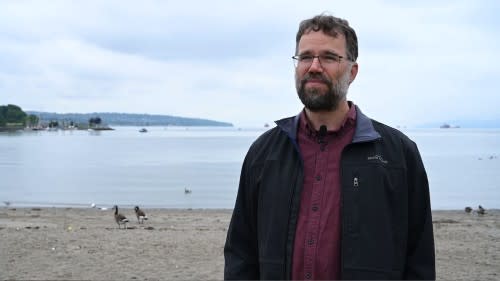
Christopher Harley, Institute for the Oceans and Fisheries professor at the University of British Columbia. (The Weather Network)
‘Coastal squeeze’
“When we have those large ‘king tide’ events in November, December and January, we get storm surges and exceptionally high tides that are anywhere between 30 to 50 cm twice a day. So in the future, by 2050 we can expect some localized flooding twice a day in those low areas in Vancouver. You will see some of the Seawall around Yaletown flooded.,” Angela Danyluk, the senior environmental specialist with the City of Vancouver, told the Weather Network.
She added that those events shouldn’t have long-lasting impacts, but once we get past 50 cm of sea level rise, things get iffy. “50 to 100 cm that is when we will see some real changes. Not just in the way the land looks or the land works, but also in the way our infrastructure works,” she said.
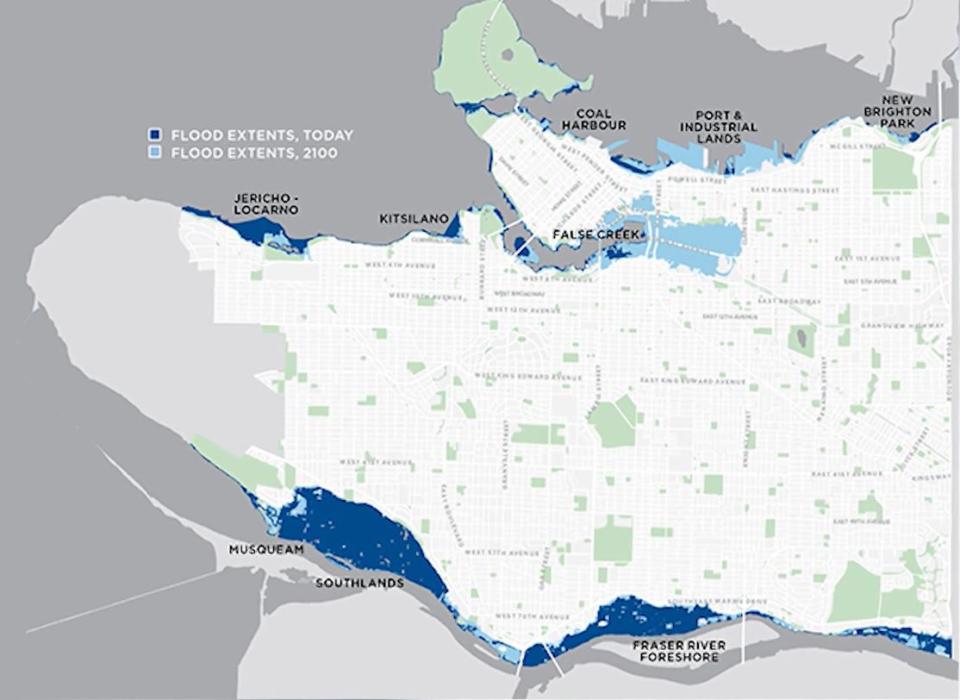
Vancouver's coastal floodplain today and in 2100. (City of Vancouver)
As we start to surpass 50 cm of sea level rise, experts are worried about the idea of what’s called ‘“coastal squeeze.”
“As the sea levels rise that low tide mark moves up, and that high tide mark stays put because we live in this urban setting and we have put seawalls, or homes, or cliffs. So that high tide mark can’t move up and you get this loss of the intertidal zone,” Danyluk said.
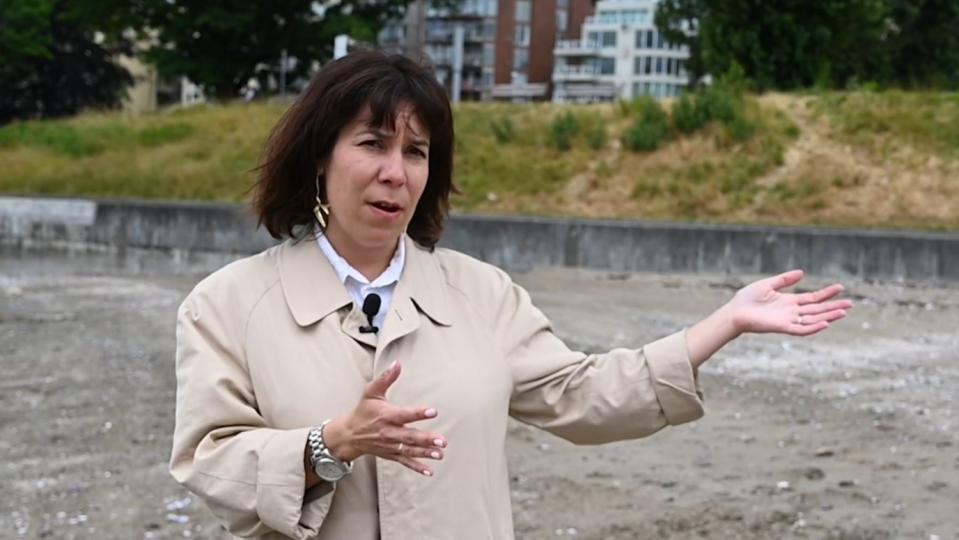
Angela Danyluk, senior environmental specialist City of Vancouver. (The Weather Network)
Impacts to residents and biodiversity
If we were to lose the intertidal zone, she explained, we would lose beloved beaches that have become a popular place for recreating in Vancouver. The South Coast of B.C. is home to 2.7 million people and the oceanfront is some of the most desirable real estate.
But this wouldn’t just impact residents of Vancouver; coastal squeeze would also have dire consequences when it comes to biodiversity in the area.
“The intertidal zone is like the nursery, the kitchen, and the home for a lot of critters and so if we see that space physically shrink we will see impacts to local wildlife,” Danyluk said.
Harley added, “functions of nature, of the beach, are actually being changed. How many clams are here filtering the water or helping store carbon because you have a nice eelgrass bed? And that washes out and sinks. A lot of these things are for free doing things that benefit us, and if we lose a lot of this soft sediment habitat, a lot of those functions are going to be impaired as well.”
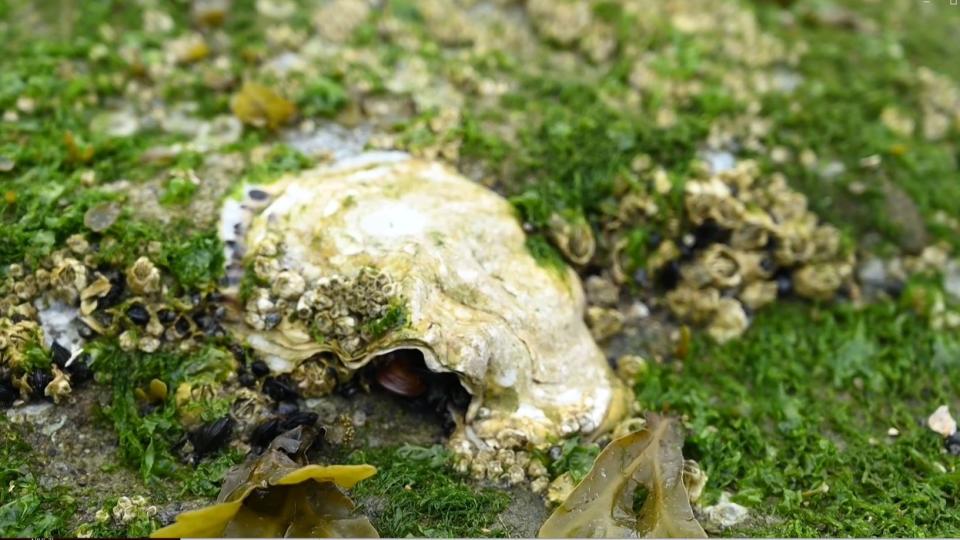
Biodiversity on Vancouver's beaches. (The Weather Network)
Adapting for the future
In 2021, the City of Vancouver launched the Sea2City Design Challenge in hopes of coming up with collaborative design solutions to protect the False Creek shoreline. Over the course of a year, two teams made up of host nation representatives, designers, architects, and local coastal adaptation experts came up with solutions to show how the area could adapt to sea level rise.
More recently, the Vancouver Board of Parks and Recreation launched the Imagine West End Waterfront Project, taking learnings from Sea2City and designing three different plans that could potentially protect the west end beaches from sea level rise.
The three different approaches included weave, which focuses more on weaving diverse activities throughout the park, Carve, which focuses on the dynamic qualities of water, and Seed, which puts a priority on ecology and focuses mostly on nearby forests like Stanley Park. While all three of the projects are slightly different, they are hoping to find the best way to reach a collective goal of protecting Vancouver’s waterfront.
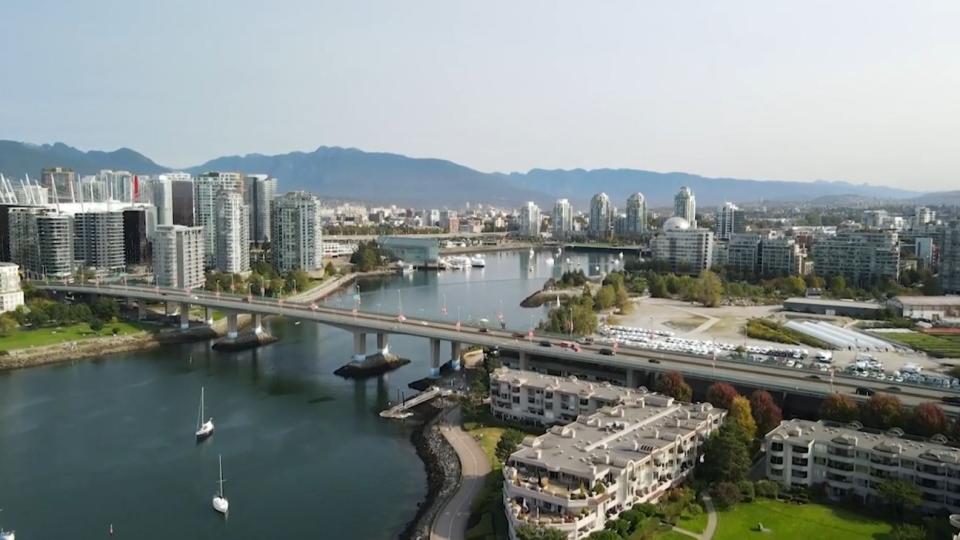
Aerial view of downtown Vancouver. (City of Vancouver)
“All three of these ideas focus on ecology as well as the intertidal zone. There are different ways to achieve that, from building out and potentially burying the Seawall in places, to things like habitat islands that help absorb some of that wave energy to building out the sandy beaches further out into the water.” Jordan McAuley, project manager of the Imagine West End Waterfront Project, told the Weather Network
This summer the Park Board will be sharing the draft ideas with the public and getting feedback. They then will come up with a master plan by early 2024 and start implementing changes right away. They encourage the public to check out the website to get involved in the planning process. However they say protecting Vancouver’s beloved beaches isn’t going to be an easy task. While changes will start happening as early as next year, they say it will be 50 years before the project is completed because of the wide geographical location and complexity.
Thumbnail image: King tide waves impacting Vancouver beaches. (Still via Vancouver Board of Parks and Recreation)

